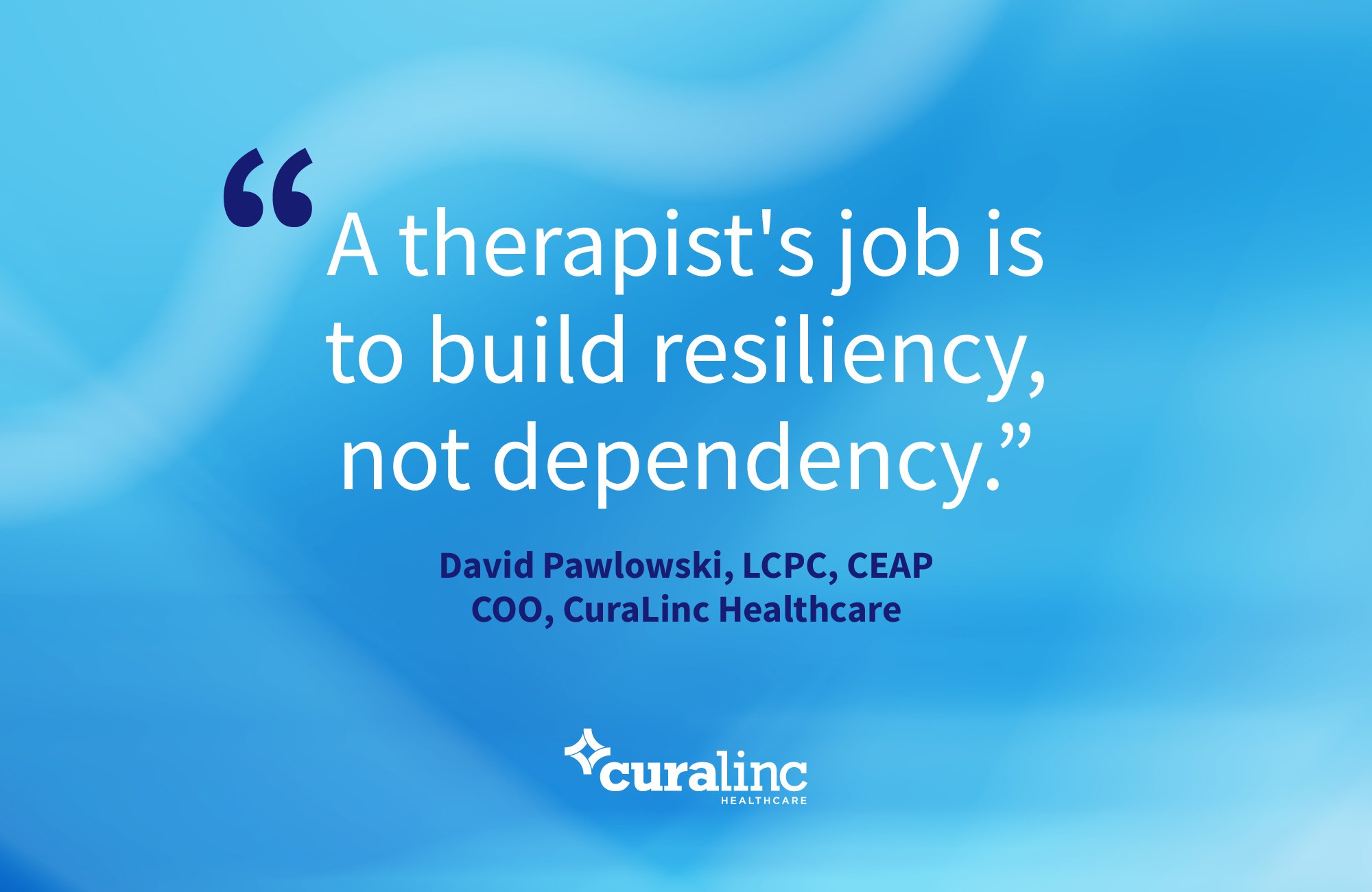Retail runs on people. But when those people are stressed and burned out, it affects everything— service, satisfaction, and sales.
Unfortunately, 84% of retail workers report declining mental health in recent years. It’s not so surprising when you consider that frontline employees face the ongoing demands of long shifts, unpredictable hours, unrealistic customer expectations, and tighter staffing.
How does retail work impact mental health
Customer expectations
Customer expectations have grown increasingly high. When instant gratification comes via Amazon and next-day orders, people expect to get what they want when they want it. As these expectations increase along with prices, patience is running thin and store lines are running longer. The growing trend of recording staff interactions for social media adds a new level of stress and fear for many retail employees.
Unpredictable hours
It’s difficult to find a retail job with consistent hours. Employees may have a full schedule one week and significantly fewer hours the next. Holidays and sales projections can change schedules quickly, leaving many to worry about finances, calendar conflicts, and more.
Staffing issues
Employees play a key role in shaping the customer experience—but staffing in retail isn’t exactly simple. In an industry known for lower wages and inconsistent hours, it can be hard to attract and retain committed employees. When stores are short-staffed, customers notice—and the burden often falls on the most engaged team members, leading to burnout and frustration.
The mental strain of these challenges adds up and can easily move from a workforce wellbeing issue to a serious business risk. And the trend begins impacting wellbeing, morale, and sales margins.
When your most committed employees start to burn out
When a cashier quits mid-season or a store manager calls out during back-to-school rush, you’re faced with lost revenue—not just inconvenience. Replacing a frontline retail worker is estimated to cost 16% of the employee's annual salary. That doesn’t account for a lag in training, the hit to team morale, or the increased demands for remaining employees.
Absenteeism adds up, too. Sick days and schedule gaps put pressure on other employees, which can lead to more mistakes, higher stress, and upset customers who are in a hurry. These challenges can drive high turnover and impact psychological safety if there’s no strategy in place to support employee wellbeing.
That’s where the right mental health partner comes in.
When recovery matters more than session counts
Traditional EAP reports often shine a bright spotlight on utilization rates: how many people called, how many sessions took place. But when you think about mental health benefits from a strategic standpoint, high utilization alone doesn’t equal high value.
The real question is: Did people get better?
With the right partner, employee assistance programs for retail workers can drive measurable improvements in health, productivity, and retention. That means fewer workers quitting under pressure. More people returning to work feeling equipped to succeed. Fewer issues escalating into higher-cost claims.
In short, recovery—not just access—is what drives ROI.
What does the right mental health partner look like for retailers?
Retail employees often face unique challenges when it comes to accessing mental health care—long or unpredictable shifts, limited privacy during breaks, and high stress during peak seasons. That’s why a partner who doesn’t just check the box, but truly understands the retail environment, is essential.
Here’s a checklist to help you find the best EAP for retail.
Designed for the retail rhythm. Support available before opening, after closing, and on weekends—so employees can reach out when it actually works for them. 24/7 access through multiple formats ensures no one is left waiting for help.
Proactive, peak-aware outreach. Engagement that’s timed around known retail stressors—like seasonal surges, inventory cycles, and back-to-school rush—helps increase visibility and drive meaningful use.
Clear, guided pathways to care. Employees shouldn’t have to navigate support on their own. The right program includes personalized guidance, multiple entry points, and a range of care options—from counseling to coaching to digital tools.
Rapid response after critical incidents. Same-day consultations and fast-tracked care after theft, violence, or customer confrontations, with clinicians who understand the pressures of customer-facing roles.
Providers employees can relate to and trust. A diverse network of professionals who reflect different backgrounds, languages, and lived experiences—so employees feel safe, respected, and understood when they reach out for help.
Training and support for leaders. Practical tools and consultation to help store managers and district leaders recognize signs of distress, respond with empathy, and reinforce a culture of psychological safety.
Tools that fit into real life. Text coaching, mobile-friendly modules, and self-guided programs that employees can access on breaks or between shifts make care more approachable and accessible.
Integrated and confidential. Secure referrals to additional benefits or resources, strict confidentiality, and data-informed reporting help organizations support employees while tracking overall impact.
When programs are built around how retail teams actually work—and live—support becomes more than an offering. It becomes part of the culture.
One national retailer saw more than $1 million in savings
CuraLinc’s EAP delivered an $8.13:1 return on investment for a large U.S. retailer with over 20,000 employees. That’s more than $1 million saved—not just through avoided healthcare claims, but through restored productivity and reduced turnover.
That ROI reflects real business outcomes:
High-risk mental health issues identified and addressed early
Absenteeism reduced through in-the-moment support
Workers recovered and retained after crises
When your EAP is strategically designed for the retail industry and focused on actions and outcomes, the results are just better.
Want to see how it breaks down?
Making mental health a business advantage
Mental health support in retail isn’t just about doing the right thing for employees—it’s about protecting your business from preventable costs, turnover, and team fatigue. An effective mental health partner solves problems, restores productivity, and helps your most valuable asset—your employees—stay at their best. They are committed to delivering outcomes that make a difference to both people and the business.




